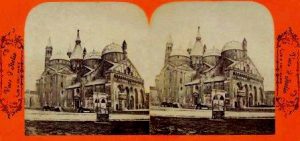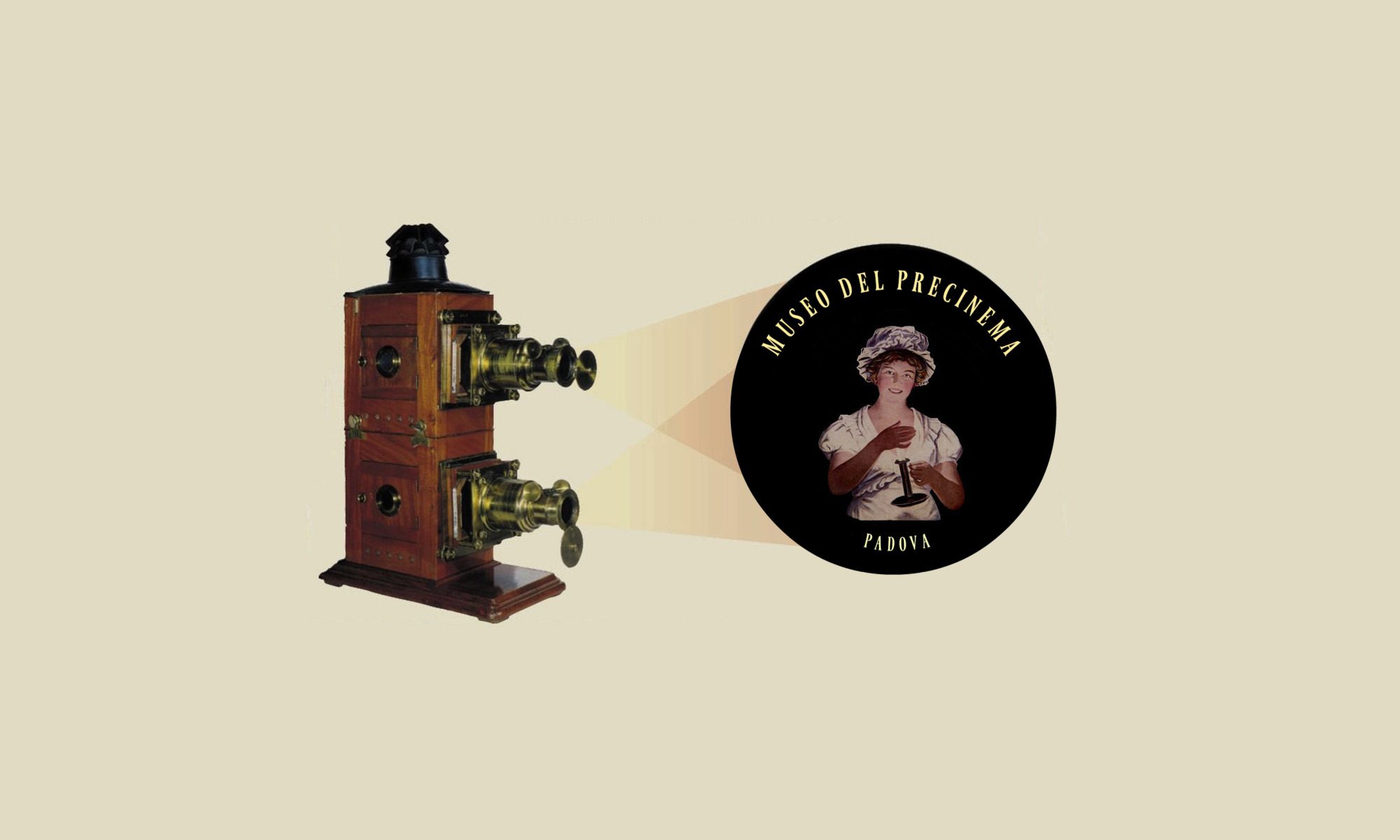In collaboration with the Comune di Padova
with contribution and sponsorship from the Region of Veneto
with sponsorship by the Minister of Welfare and Cultural Activities

Stereoscope, Church of St. Anthony, Padua
The first real opportunity to show the public the visual delights of the stereoscope was the International Exhibition of London in 1851. “Stereo mania” followed closely behind from 1860 in Europe and the United States. From modest photographic studies to the most well-known, all of the images were created to satisfy a continual demand from a wide public. Later, in 1950, the view-master was invented in America – little viewers in bakelite.
The Minici Zotti Collection has put on display objects that relate to this discussion: stereoscopes, optical viewing equipment from the 1800s for three-dimensional images, and stereographs. Special photographs of the age are also exhibited, where you can admire a wealth of images of varying subjects: of travel, where Venice occupies a significant place; of eroticism, of everyday scenes, of the world of childhood, of medicine, of religion and many other subjects besides.
Also exhibited is the “megalethoscope”, patented in 1864 by the Venetian optician and photographer Carlo Ponti. Made with murano glass, it is the only known specimen of its type and continues to amaze the public even today.
